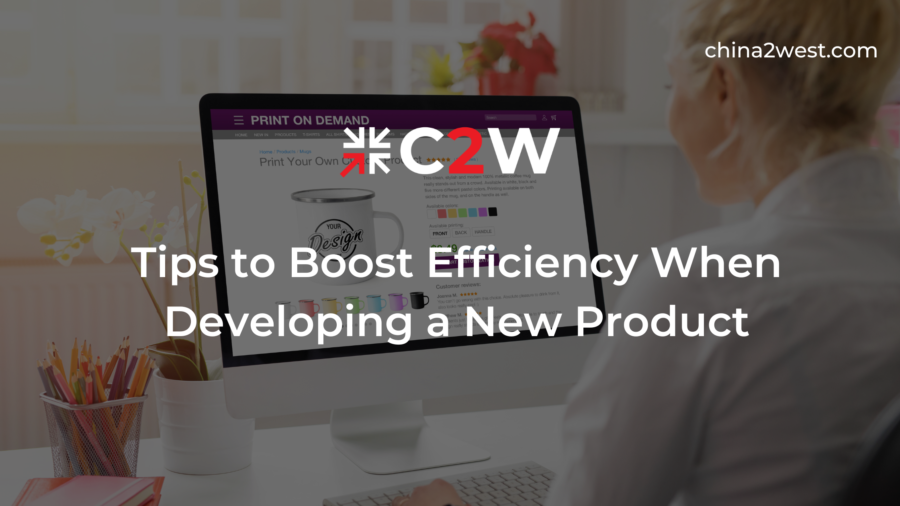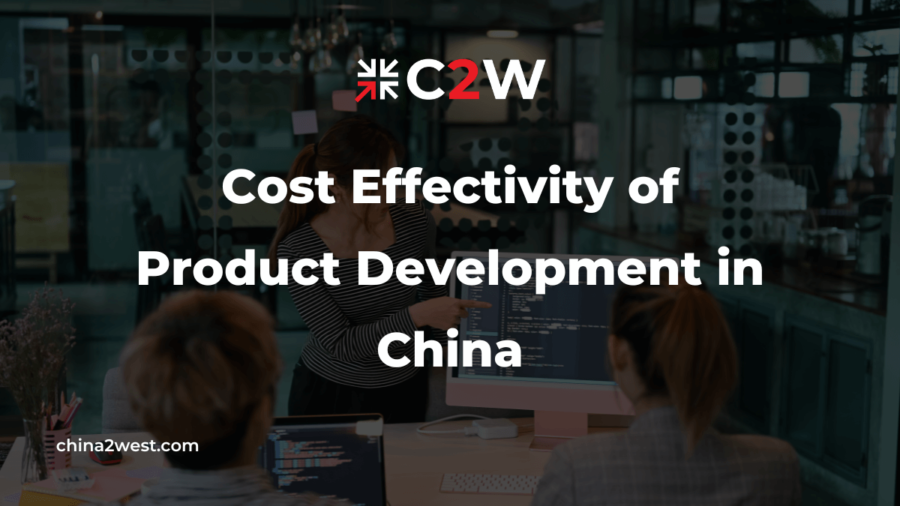In the fast-paced world of product development, efficiency is the key to success. Whether you’re a seasoned entrepreneur or a startup enthusiast, finding ways to boost efficiency during the product development phase can make a significant impact on your overall success.
In this article, we’ll explore valuable tips that can help you streamline your product development process, ensuring a smoother journey from ideation to market launch.
Define Clear Objectives
Before embarking on the product development journey, it’s imperative to define clear and achievable objectives. This involves establishing specific goals that align with your overall business strategy.
Clear objectives provide a roadmap for the entire development team, ensuring everyone is on the same page. This clarity facilitates efficient decision-making and resource allocation throughout the product development lifecycle.
Defining objectives should involve not only the leadership team but also key stakeholders and, if applicable, potential end-users. Collaborative goal-setting ensures a holistic understanding of the project’s purpose, fostering a sense of ownership among team members.
Moreover, revisiting and refining objectives at various stages of development helps teams stay adaptable to evolving market trends and user needs.
Embrace Agile Methodologies
Agile methodologies have revolutionized the landscape of product development. By adopting an Agile approach, development teams can break down the process into smaller, manageable iterations known as sprints.
This iterative approach allows for quicker feedback, faster adaptations to changes, and ultimately speeds up the overall development timeline. Agile methodologies promote flexibility and responsiveness, crucial elements in a dynamic business environment.
It’s essential to cultivate an Agile mindset across the entire team. This involves not only implementing Agile practices but also fostering a culture of collaboration, transparency, and continuous improvement.
Regular retrospectives after each sprint enable teams to reflect on their processes, identify areas for enhancement, and implement changes swiftly. Embracing Agile is not just about following a set of practices; it’s about embodying a mindset that values adaptability and iterative progress.
Foster Effective Communication
Efficient communication is the backbone of successful product development. Establishing open channels for communication within the team ensures that everyone is on the same page.
Regular meetings, collaborative tools, and transparent documentation contribute to a cohesive working environment. Effective communication minimizes the chances of misunderstandings and delays, fostering a collaborative spirit among team members.
Communication should not be limited to internal team dynamics. Building strong communication channels with external stakeholders, including clients, partners, and suppliers, is equally crucial.
Regular updates, progress reports, and feedback sessions create a sense of shared responsibility and trust. In today’s globalized landscape, where teams may be distributed across different locations, leveraging digital communication tools becomes imperative for maintaining seamless collaboration.
Prioritize Features Strategically
Not all features are of equal importance, and prioritizing them strategically is vital for efficiency. Conduct thorough market research to identify key features that align with user needs and market trends.
Prioritize high-impact features that bring unique value to your product. By focusing on high-priority features first, you can create a minimum viable product (MVP) faster, allowing for quicker market entry and invaluable feedback collection.
Strategic feature prioritization involves a combination of market analysis, user feedback, and the overarching product vision.
Employing techniques like the MoSCoW method (Must-haves, Should-haves, Could-haves, and Won’t-haves) aids in categorizing features based on their criticality.
Regularly reassessing feature priorities throughout the development cycle ensures that the product remains aligned with evolving market demands and user expectations.
Leverage Technology and AI Automation
In the age of digital transformation, technology can be a powerful ally in boosting efficiency. Implementing automation tools for repetitive tasks, utilizing project management software, and incorporating the latest technological advancements can significantly reduce manual workload.
Artificial Intelligence (AI) plays a pivotal role in automating complex processes, providing insights through data analysis, and enhancing decision-making. By leveraging AI, you empower your team to handle intricate tasks more efficiently, contributing to a streamlined product development process.
Integrating AI into the product development workflow requires a thoughtful approach. Identify tasks that can benefit from automation, such as data analysis, quality assurance, or repetitive coding processes.
Collaborate with AI experts or leverage existing AI platforms to tailor solutions to your specific needs. Continuous monitoring and optimization of AI-driven processes ensure they align with the evolving requirements of the development cycle.
Encourage Cross-Functional Collaboration
Breaking down silos between different departments is essential for streamlined product development. Encouraging cross-functional collaboration ensures that expertise from various domains contributes to different stages of development.
This not only accelerates the decision-making process but also enhances the overall quality of the product. A collaborative approach fosters innovation and brings diverse perspectives to the table, contributing to a more robust and efficient product development lifecycle.
Cross-functional collaboration should extend beyond occasional meetings or shared documents. Implementing collaborative tools and establishing interdisciplinary teams that work closely throughout the development journey fosters a culture of mutual understanding and respect.
Encourage team members to actively seek insights from colleagues in different departments, creating a dynamic ecosystem where each individual’s expertise contributes to the collective success of the project.
Test Early and Often
Testing is an integral part of the product development journey. By incorporating testing early and often, you can identify potential issues in the initial stages, preventing costly revisions later in the process.
Continuous testing, including user feedback loops, allows for timely adjustments, ensuring that the final product meets or exceeds user expectations. Early and frequent testing mitigates risks, enhances product quality, and contributes to a more efficient development process.
Early testing involves not only the product’s functionality but also its usability and overall user experience. Conduct usability testing with target users to gather valuable insights that can inform design improvements. Implement automated testing processes to ensure the reliability of critical functionalities.
Regularly iterate based on testing feedback, maintaining a dynamic and responsive approach to development. Testing isn’t just a phase at the end of the cycle; it’s an ongoing process that ensures the product is continually refined and optimized.
Efficiency in product development is not just a goal; it’s a necessity in today’s competitive landscape. By incorporating the tips outlined in this article, you can empower your team to work smarter, faster, and more collaboratively. Stay ahead of the curve, apply these strategies, and watch your ideas transform into innovative products with unparalleled efficiency. By partnering with an experienced manufacturer like C2W with their own international team of product design and development and 20 years under the belt, securing all these tips will be easy peasy. Contact us now!


